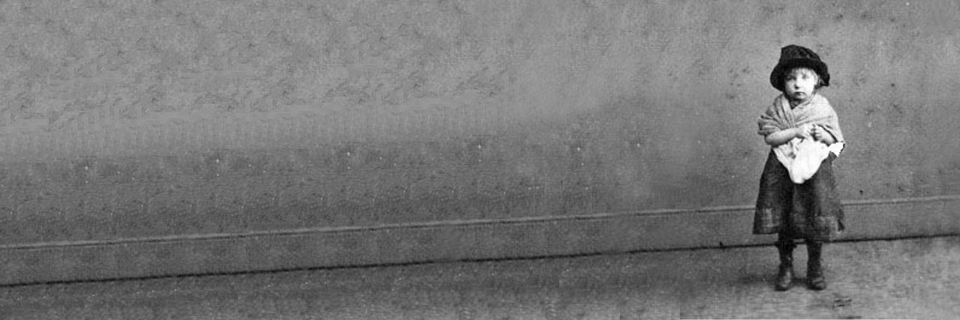Research Degree Project - Heritage as Process: Constructing the Historical Child’s Voice Through Art Practice

Research Centre
Art and Design Research Centre
Date
2014 - ongoing
Research Degree Project
This project analyses how biographical narratives are employed within the heritage discourse. I am interested in unravelling the dialogues in this representation, particularly in the presentation of a historical person in a museum context. In this environment, they are often presented as archetypes that symbolise a larger story, be it social or political.
My research focuses on historical biographies in two particular heritage sites; the Foundling Museum and the Ragged School Museum. They are both regarded as ‘museums of childhood’, but in these museums there is a tension of ownership that stems from the lack of separation between the histories of children and the history of childhood. Often, the adult voice is represented rather than that of the child. Within heritage practice, children are regarded as passive and their role as heritage makers is obscured; they do not have a ‘voice’.
My research is practice-based, I am using the material objects from the museums – such as the foundling tokens – as the basis of the art practice. These relics offer us a physical link to the people from the past. Heritage practitioners aim to form a dialogue with an artefact in the presentation of history, and I am currently exploring this in my practice-based research.
Alongside my art practice, I am conducting art workshops with children. Through the workshops, I am exploring how contemporary children engage with the children in the museum’s history; questioning if they respond with greater or lesser empathy. During this process, I have adopted techniques from performance practice, notably from Constantin Stanislavski and Bertolt Brecht.
The aims of my research are
- to understand and analyse the representation of the individual or ‘character’ in contemporary museum practices.
- in the museum, to explore how art practice might communicate the historical person’s ‘voice’ and examine the value of multiple ‘voices’.
- to analyse the under-representation of the historic child in the museum and to explore how art practice might capture the voice of children instead of the institutionalised history of childhood.
Project Supervisors
Dr Becky Shaw (Director of Study)
Dr Deborah Middleton - University of Huddersfield (Second Supervisor)
Researchers involved
Rachel Emily Taylor - Research Degree Student
